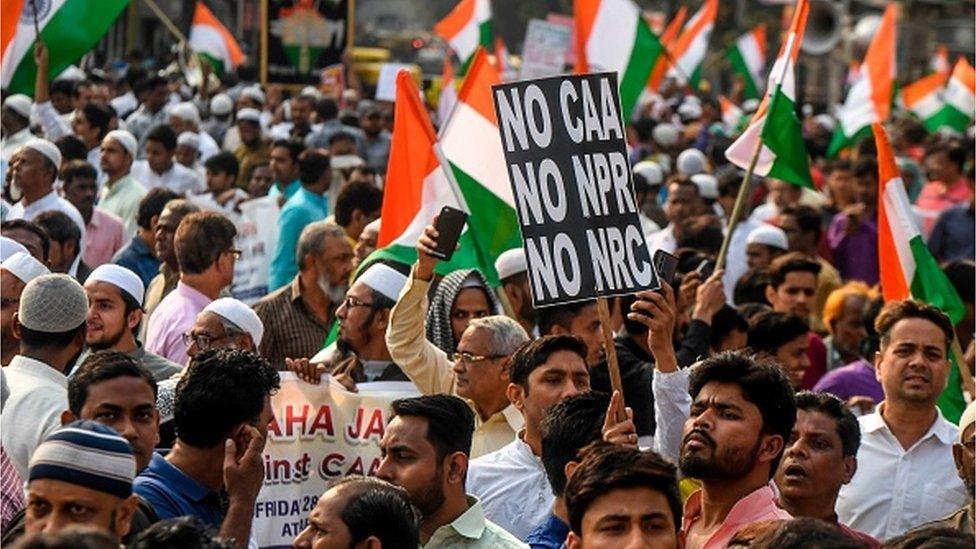Delhi clashes: Thirteen killed as Hindu and Muslim groups clash
- Published
Inside Delhi's night of horror
Thirteen people have been killed in Delhi in the deadliest violence the Indian capital has seen in decades.
The clashes first broke out on Sunday, between protesters in favour of a controversial new Indian citizenship law and those against it.
The violence has taken on religious overtones, with Hindu and Muslim groups fighting each other.
The clashes have come during US President Donald Trump's first official visit to the country.
The violence is centred on Muslim-majority neighbourhoods in north-east Delhi - about 18km (11 miles) from the heart of the capital, where Mr Trump has been holding meetings with Indian leaders, diplomats and businessmen.
The Citizenship Amendment Act (CAA) - which critics say is anti-Muslim - has sparked massive protests since it was passed last year, and some of those have turned violent. But the demonstrations in Delhi have been peaceful until now.
When asked about the violence during a press briefing, Mr Trump evaded the issue, saying the incident was "up to India" to handle.
However, he said he had brought up the issue of religious freedom in the country and was impressed by the government's response.
Correspondents say the current unrest is an embarrassment to Prime Minister Narendra Modi as it has taken the spotlight away from Mr Trump's visit.
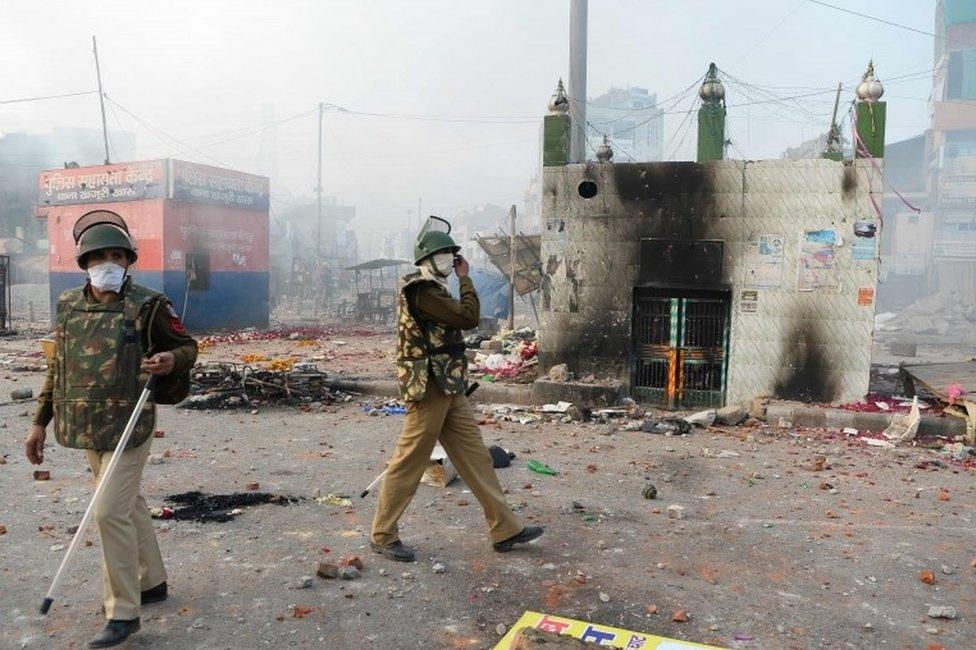
BBC reporters in north-east Delhi saw Hindu mobs throwing stones and shouting slogans, with some in the crowd shouting "shoot the traitors".
Our correspondent Yogita Limaye saw plumes of smoke rising from a tyre market that has been set on fire.
In another incident on Tuesday afternoon, a mosque was vandalised in the Shahadra area. Widely shared footage showed men trying to rip the crescent from the top of the minaret.
Where is the violence?
It broke out in three Muslim-majority areas in north-east Delhi on Sunday and has continued since.
Protesters are split along religious lines, and each side blames the other for starting the clashes.
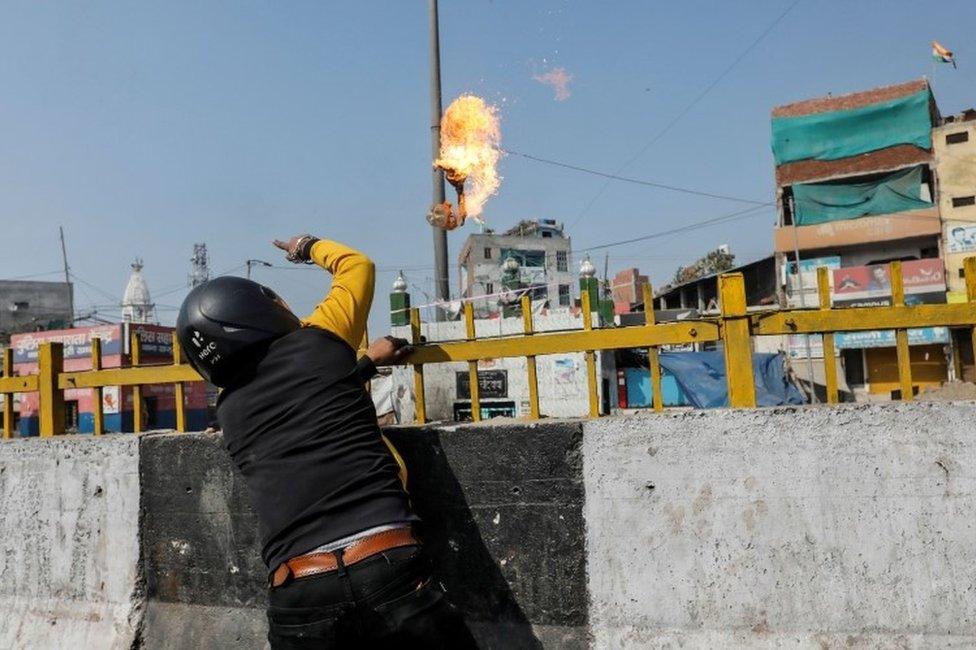
The violence in the Muslim-majority areas in north-east Delhi began on Sunday
But the violence has been linked to a BJP leader, Kapil Mishra, who had threatened a group of protesters staging a sit-in against the CAA over the weekend, telling them that they would be forcibly evicted once Mr Trump left India.
Delhi police spokesman MS Randhawa told reporters that the situation was under control and a "sufficient number of policemen" had been deployed.
However, BBC reporters in the area said that mobs continued to chant slogans and throw stones.
Mr Randhawa said police were deploying drones and scanning CCTV camera footage. He action would be taken against troublemakers.
Orders that limit the gathering of four or more people have been imposed in the area.
Eyewitnesses said they saw charred vehicles and streets full of stones in areas like Jaffrabad and Chand Bagh on Tuesday morning. Police were allowing people to enter only after checking their identity cards.
Some metro stations have also been shut.
Who are the dead and injured?
Thirteen people have been killed in the violence, according to hospital officials. The dead include Muslims and Hindus, as well a police constable, Ratan Lal.
Two journalists belonging to the NDTV news channel were badly beaten on Tuesday morning.
Allow X content?
This article contains content provided by X. We ask for your permission before anything is loaded, as they may be using cookies and other technologies. You may want to read X’s cookie policy, external and privacy policy, external before accepting. To view this content choose ‘accept and continue’.
Another reporter from a local channel called JK24x7 was shot at and wounded.
Shahid Alvi, an auto rickshaw driver, died from a bullet injury he suffered during the protest.
Another victim has been identified as Rahul Solanki. His brother, Rohit, told BBC Hindi that he died after being shot as he tried to escape from a mob.
"He had gone out to buy groceries when he was suddenly surrounded. He was shot at point blank range. We tried taking him to four hospitals but we were turned away," he said.
What are officials doing?
Delhi's newly re-elected chief minister, Arvind Kejriwal, called on the federal government to restore order.
"There are not enough police on the streets. Local police are saying they are not getting orders from above to control the situation," he told reporters.
The capital's police force reports directly to Mr Modi's ruling Bharatiya Janata Party (BJP)-led government, rather than to Mr Kejriwal's administration.
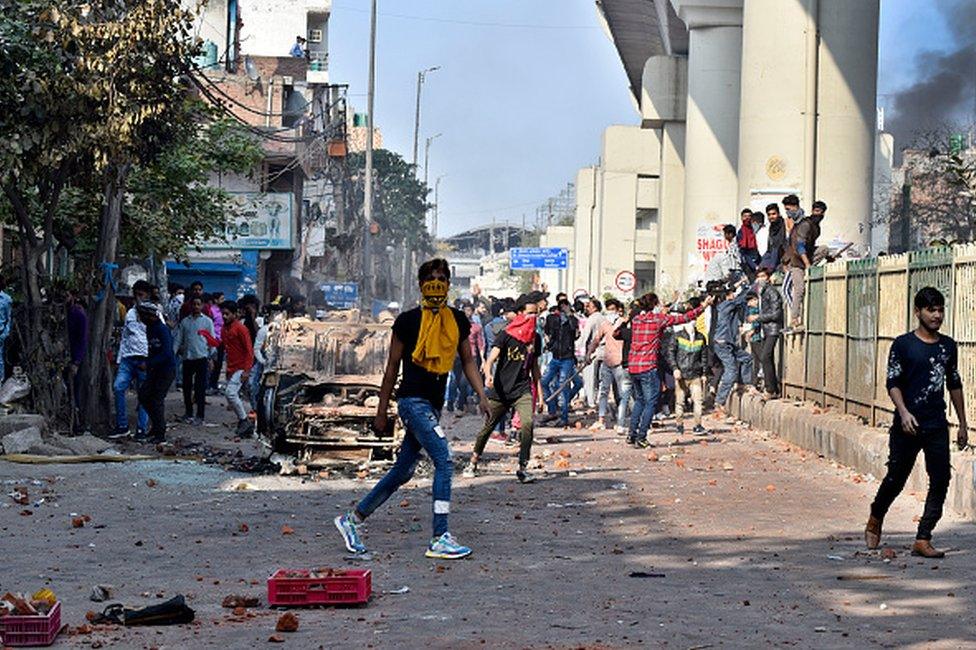
The police and protesters fought pitched battles on the streets of Delhi
What is the citizenship act about?
The Citizenship Amendment Act (CAA) grants amnesty to non-Muslim immigrants from three nearby Muslim-majority countries - Afghanistan, Pakistan and Bangladesh.
It has raised fears that India's secular status is at risk, and critics say it discriminates against Muslims.
Mr Modi's government denies this, and has said it only seeks to give amnesty to persecuted minorities.
But hundreds of thousands of people across India, both Muslim and Hindu, have taken part in protests against the law. Some of the most high-profile protests, such as a continuing sit-in in Delhi's Shaheen Bagh area, have been led by Muslims.
- Published24 February 2020
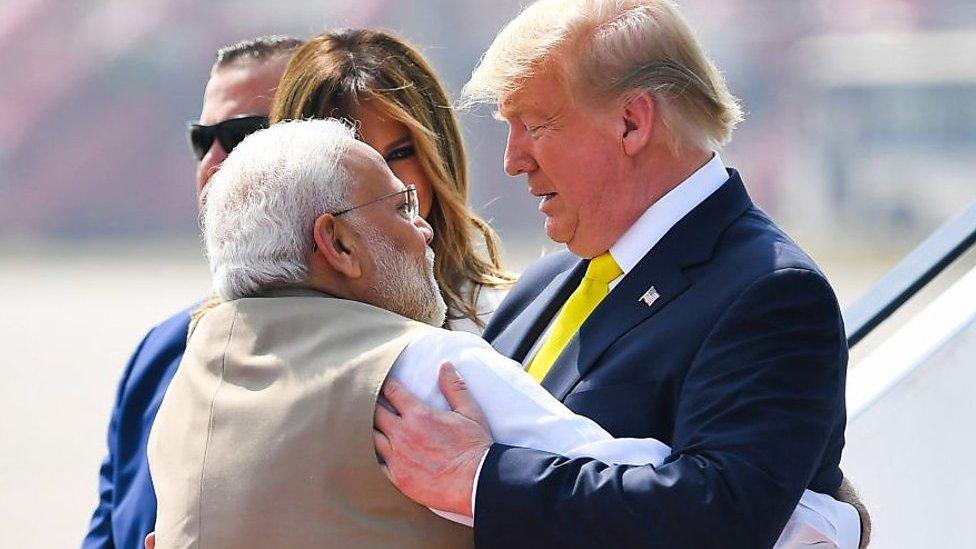
- Published24 February 2020
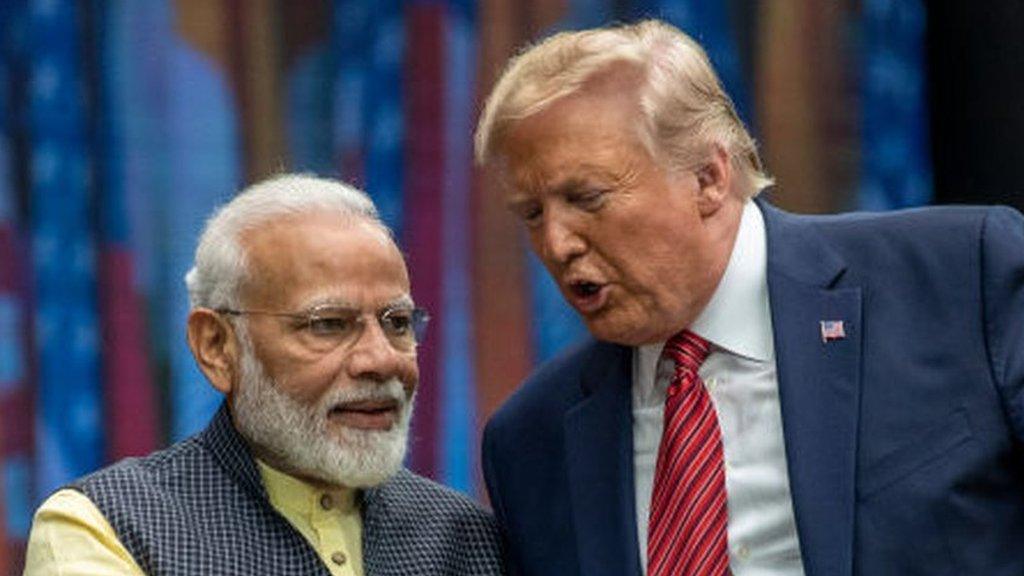
- Published24 February 2020
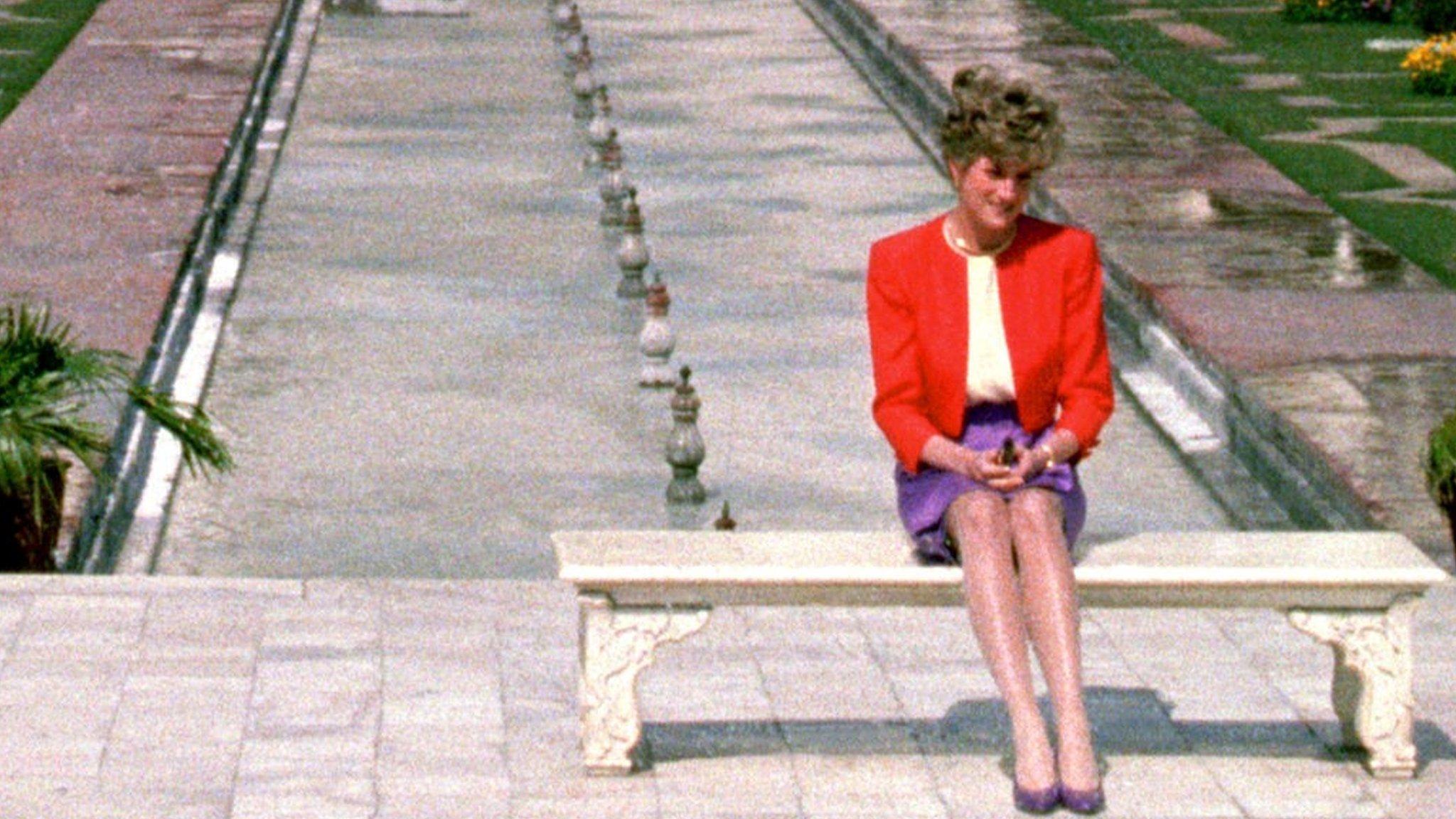
- Published20 December 2019
- Published12 March 2024
